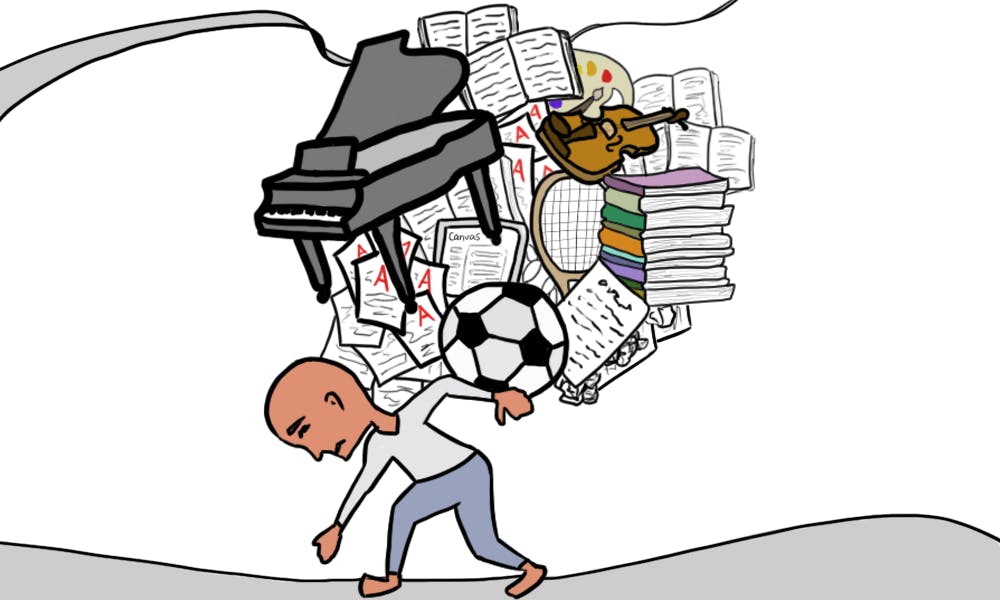Picture this.
A precocious child, no older than 11, ferried from one "quirky" after school activity to another, at the behest of her assiduous mother. Her mission, should she choose to accept it, is not a road less travelled, as much as it is a thoroughly beaten path. She has already been made aware of the prerequisites: intelligence, perseverance, dedication. And the endgame? That she will eventually grow to fit a convention that has transcended geographical borders and time.
The model minority. Not anywhere near as avant-garde or novel as some of the newer sociological phenomenons, but one we should pay attention to all the same.
William Peterson coined the term in 1966, in reference to Japanese Americans that overcame discrimination by achieving academic and professional success. The phrase was relevant in encapsulating the manner in which East Asians could achieve assimilation into American society. In essence, Chinese, Japanese, and Korean immigration to America was concomitant with the assumption of higher education and economic attainment. Consequently, following 1965, the influx of Asians that emigrated had careers concentrated in the STEM or business sectors.
This quintessential representation of Asians, then, perhaps should have been restricted to that particular generation of immigrants. Instead, the phenomenon has evolved into a trope that the children of these immigrants are frequently expected to conform to. Moreover, the definition of the convention itself has grown to encompass South Asians, ignoring differences between cultures in favor of assimilating "Asians" into a singular typecast. There are a defined set of norms and values within this pigeonhole, including an expectation to maintain high academic standing, a financially stable career, and monetary success.
The stereotype is problematic for a variety of obvious reasons, predominantly, the inevitable pressure and stress placed upon this minority group. Yet, for students of Asian heritage studying at an Ivy League university, this has already been normalized. The deeper repercussions are related to the discourse surrounding Asian Americans. At Penn, the model minority phenomenon is pervasive enough that it has begun to define the group itself. The implication is that this minority is subject to the expectation of success, which is accompanied by a failure to recognize and target the obstacles that stand in their way.
There are a number of consequences to this definition. A quick Google search reveals that there are very few general scholarship funds available specifically to the Asian-American community. This serious deficit fails to account for the 12.3 percent of Asian Americans that live below the federal line, that could benefit from scholarships available specific to them. Penn’s assumption of affluence and success could intentionally prevent Asian students from lower income backgrounds from applying.
Further, Penn seriously lacks in its efforts to foster a tight-knit community between Asian Americans. The model minority trope has introduced a serious issue of competitiveness within the Asian community, and while this can be productive, it is more than often detrimental to mental health. There is a dire need for targeted efforts at remedying this. And while Penn already has its own set of pre-existing issues regarding underrepresentation and mental health, a better understanding of the nuances of this phenomenon will greatly ameliorate issues specific to the Asian community.
However, alleviating this phenomenon goes beyond focusing on competitive culture. As a community, we need to change the discourse regarding this minority, and shift our paradigm of the expectations placed on them as a whole. While it may be easier to ignore harsh realities, glamorizing the difficulties faced by an entire group of individuals can homogenize and devalue their identities.
We need to render the model minority into more of a phrase, and less of a phenomenon.

AAKRUTI GANESHAN is a College freshman from Melbourne, Australia. Her email address is aakruti@sas.upenn.edu.









